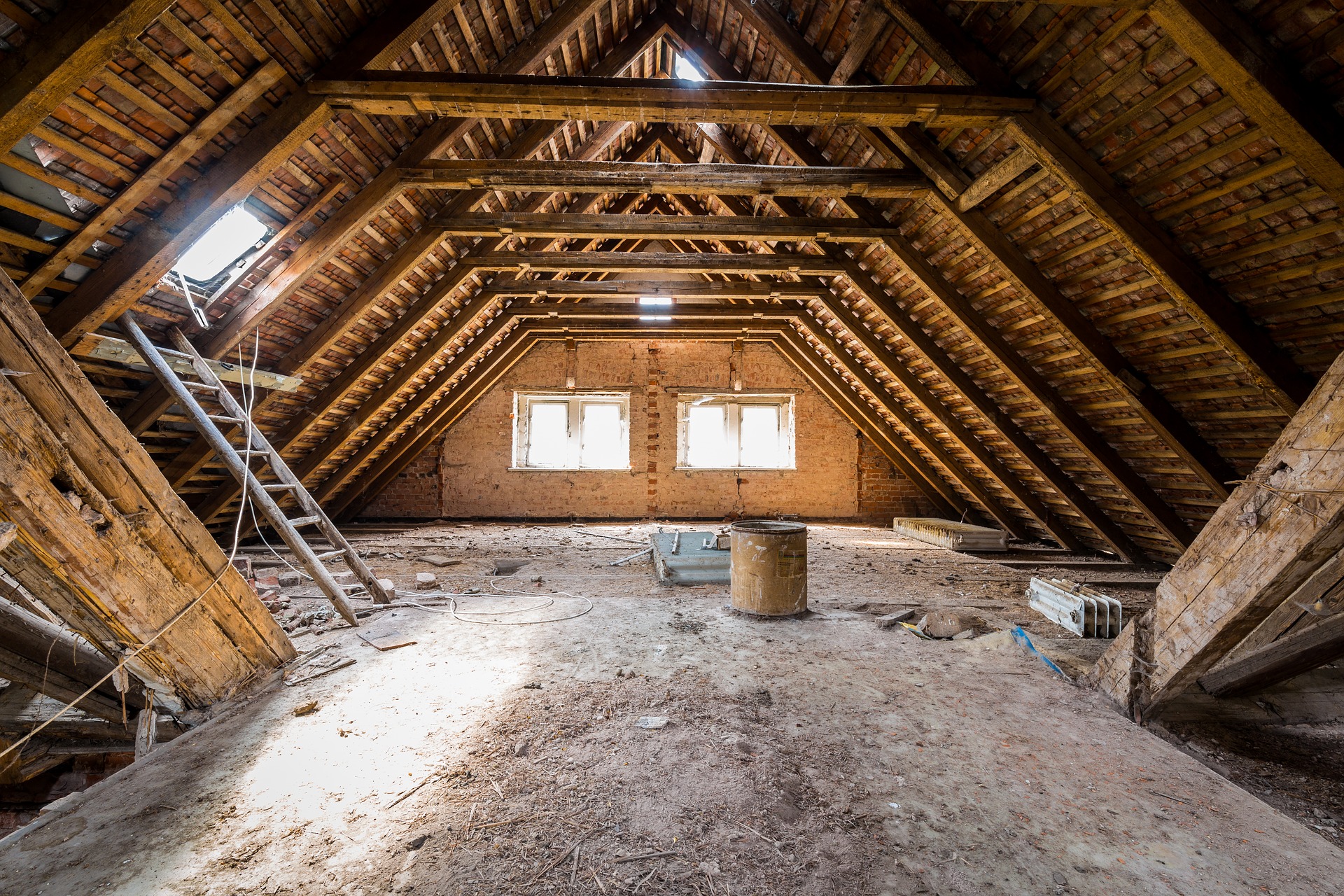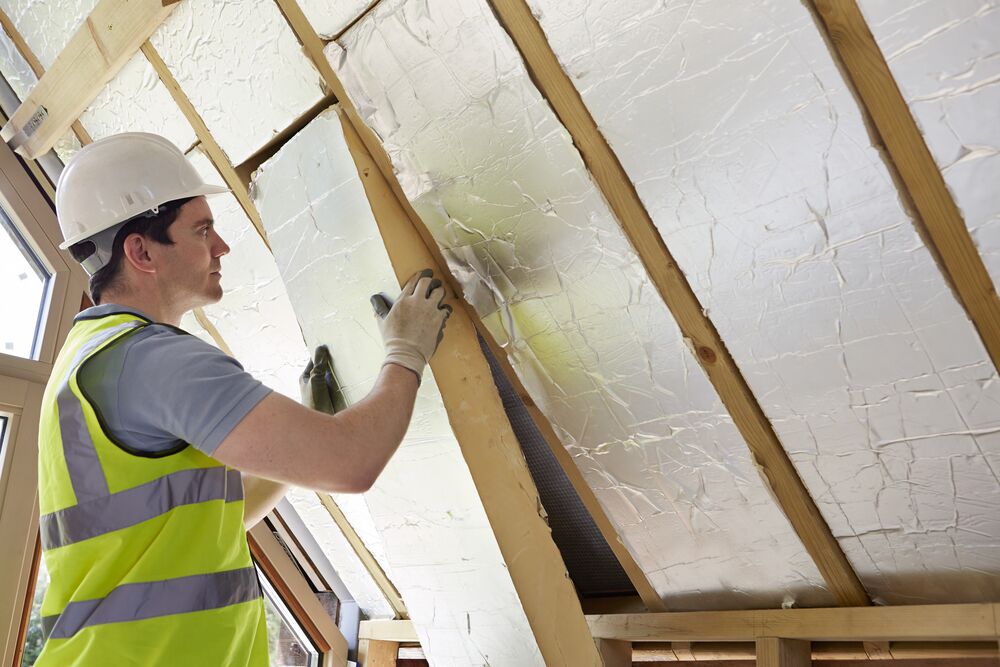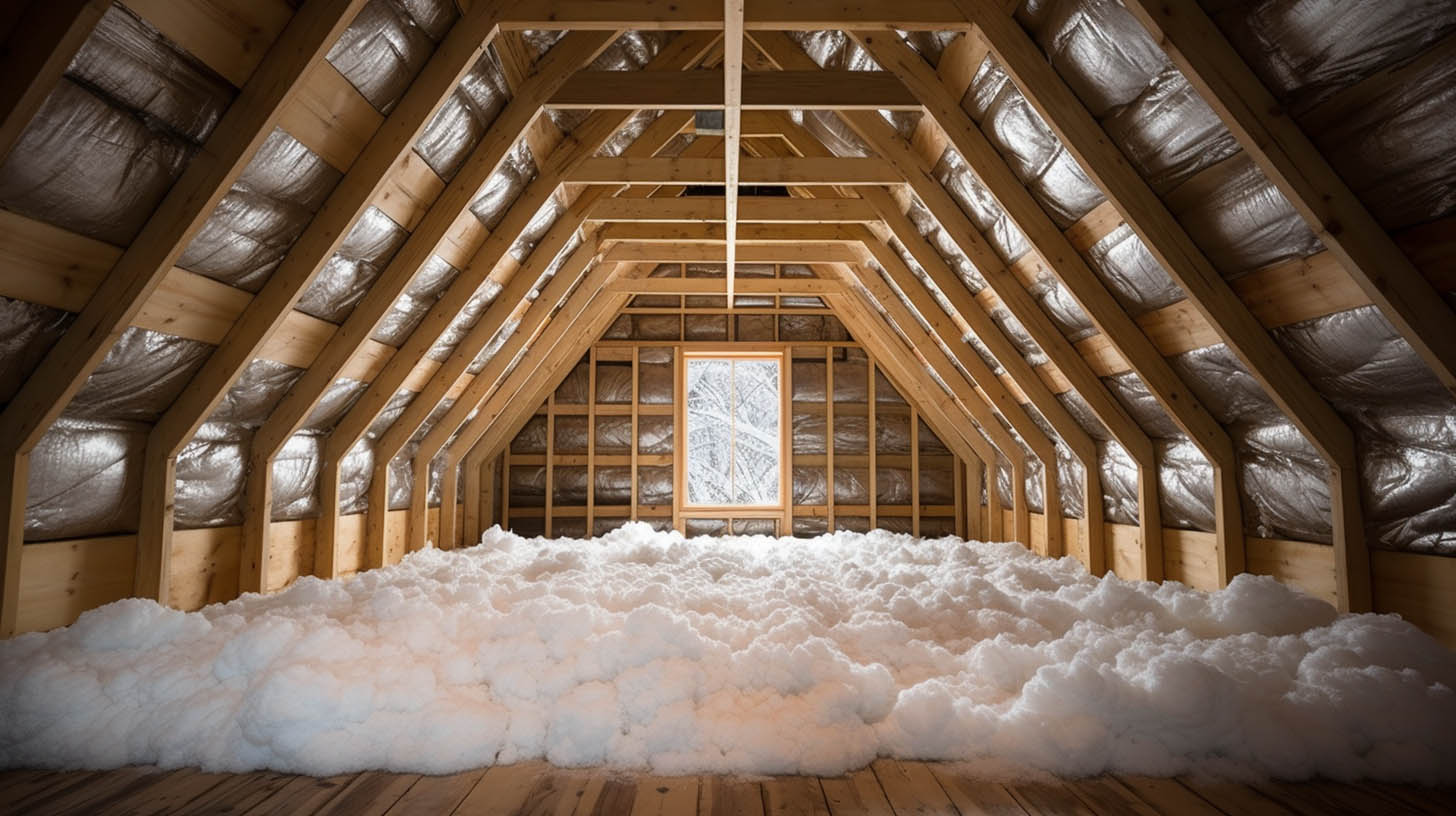The Ultimate Guide to Choosing the Right Attic Insulation DFW Solutions
The Ultimate Guide to Choosing the Right Attic Insulation DFW Solutions
Blog Article
Discover the Different Kinds Of Attic Insulation and Their One-of-a-kind Benefits for Your Home's Energy Efficiency

Fiberglass Insulation
Fiberglass insulation is just one of the most typically utilized products for attic room insulation because of its excellent thermal performance and cost-effectiveness. Made up of small glass fibers, this product effectively catches air, producing a shielding barrier that assists keep constant interior temperature levels. Its high R-value per inch makes it particularly reliable at withstanding warmth transfer, which is essential for power conservation in homes.
Setup of fiberglass insulation is reasonably simple, often available in batts or loose-fill types, accommodating numerous attic room setups. In addition, it is non-combustible and resistant to moisture, minimizing the danger of mold advancement. This durability adds to its longevity, making fiberglass a practical long-term investment for house owners.
In addition, fiberglass insulation is often produced from recycled products, which enhances its eco-friendliness. The material can additionally add to soundproofing, reducing sound transfer between areas. While it is necessary to wear safety gear throughout installation to avoid irritation from the fibers, the general benefits of fiberglass insulation, including energy savings and environmental considerations, make it a preferred selection for improving attic room performance and promoting a comfy living environment.
Spray Foam Insulation
Spray foam insulation is a highly reliable choice for attic insulation, understood for its remarkable air sealing and thermal performance. This cutting-edge insulation product is made up of a blend of isocyanate and polyol resin, which, when combined, expands rapidly to load spaces and tooth cavities in the attic area. Its ability to follow different surface areas makes sure a constant obstacle versus air leakages, significantly reducing warmth loss during colder months and warmth gain throughout warmer periods.
One of the essential advantages of spray foam insulation is its high R-value per inch, which implies it provides exceptional thermal resistance in a relatively slim application. This is particularly useful in attic rooms where space is frequently minimal. Additionally, spray foam can aid reduce dampness build-up, reducing the danger of mold and mildew development, which can be detrimental to both the framework and indoor air quality.
While the preliminary price of spray foam insulation may be higher than typical options, its lasting power cost savings, coupled with boosted comfort and improved home worth, make it a rewarding investment for home owners seeking boosted power performance. Attic Insulation DFW. In general, spray foam insulation attracts attention as an efficient solution for enhancing attic room insulation
Cellulose Insulation

Cellulose insulation is a prominent choice for attic insulation, mainly made up of recycled paper products treated with fire resistants. This eco-friendly choice is known for its superb thermal performance, efficiently decreasing warmth transfer in both summertime and winter season. The thick structure of cellulose allows it to fill up voids and voids in attic areas, offering a seamless barrier against air leakages.
Among the significant advantages of cellulose insulation is its capability to resist mold and mildew and bugs, owing to the fire resistant treatments utilized throughout manufacturing. In addition, it boasts a high R-value per inch, which converts into premium energy performance. House owners can anticipate reduced home heating and air conditioning prices as a result of enhanced insulation.
Setup is commonly completed through blowing loosened cellulose right into the desired area, permitting a quick and efficient top article process. This technique additionally lessens disturbance to the existing structure. Moreover, cellulose insulation has a fairly low ecological influence, as its manufacturing procedure makes use of recycled materials, adding to lasting structure practices.
Rock Wool Insulation
Among the various options for attic insulation, rock wool, also referred to as mineral wool, attracts attention because of its remarkable thermal and acoustic efficiency. Made from all-natural or recycled materials, rock wool is created by melting rock and spinning it right into fibers, leading to an item that offers outstanding insulation properties.
Among the substantial benefits of rock wool insulation is its high R-value, which shows its performance in withstanding heat flow. This characteristic not only improves energy effectiveness yet also adds to keeping a comfortable indoor temperature year-round. Additionally, rock wool is inherently fireproof, making it a more secure alternative for homes as it can endure high temperature levels without melting or releasing harmful fumes.
Moreover, rock woollen insulation succeeds in soundproofing abilities, properly decreasing sound transmission between rooms and from outside resources. Overall, rock wool insulation provides a thorough service for improving power effectiveness, safety, and convenience in household settings.
Radiant Barrier Insulation
Radiant barrier insulation acts as a reliable option for minimizing warm transfer in attic rooms, specifically in warmer climates. This kind of insulation jobs by mirroring convected heat far from living spaces, therefore reducing the amount of warm that gets in a home throughout heat - Attic Insulation DFW. Generally made up of a very reflective product, such as light weight aluminum foil, radiant obstacles are set up in attics, dealing with the roof covering, where they can obstruct inbound heat from the sunlight
The primary benefit of radiant obstacle insulation is its ability to lower cooling expenses. By reflecting heat rather than absorbing it, glowing barriers can assist preserve an extra secure interior temperature level, lowering the workload on a/c systems. This effectiveness equates into lower power costs and raised convenience for home owners.
In addition to power cost savings, radiant barriers can also add to improved interior air top quality. By reducing warm buildup, they help decrease moisture levels, which can stop mold growth and boost total air blood circulation. When mounted properly, radiant obstacle insulation can be a vital enhancement to any energy-efficient home, making it a worthwhile factor to consider for homeowners seeking to improve their attic room insulation approach.
Verdict
In conclusion, recognizing the various types of attic room insulation-- fiberglass, spray foam, cellulose, rock woollen, and radiant barriers-- makes it possible for home owners to make educated choices regarding energy performance. By choosing the proper insulation product, significant decreases in power costs can be accomplished, along with improvements in indoor convenience.

In conclusion, recognizing the different types of attic insulation-- fiberglass, spray foam, cellulose, rock wool, and glowing barriers-- makes it possible for house owners to make enlightened decisions regarding power efficiency.
Report this page